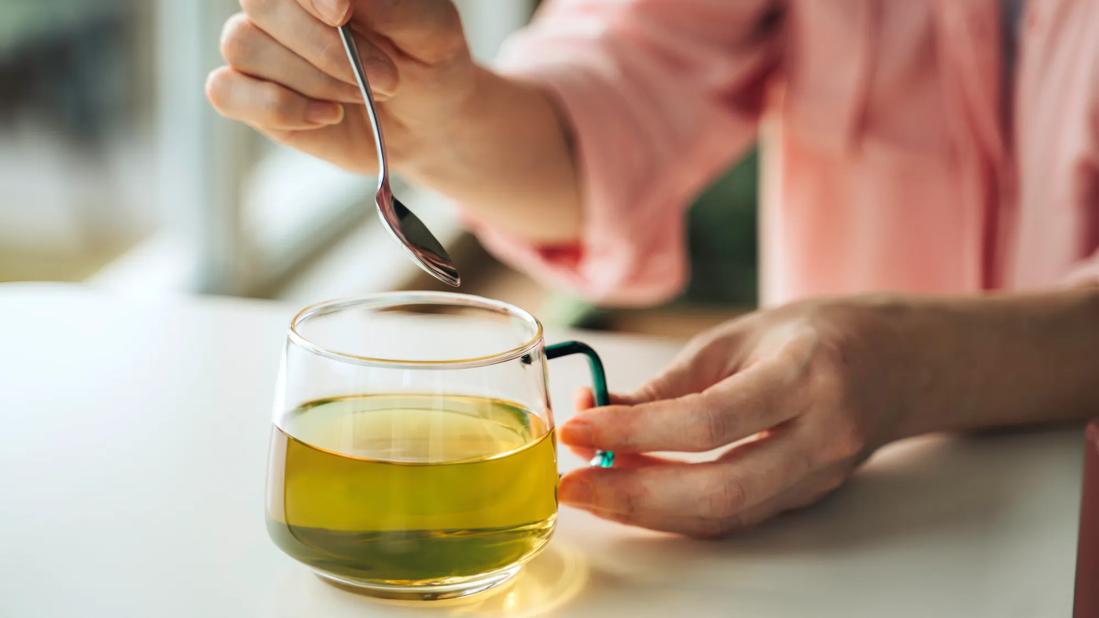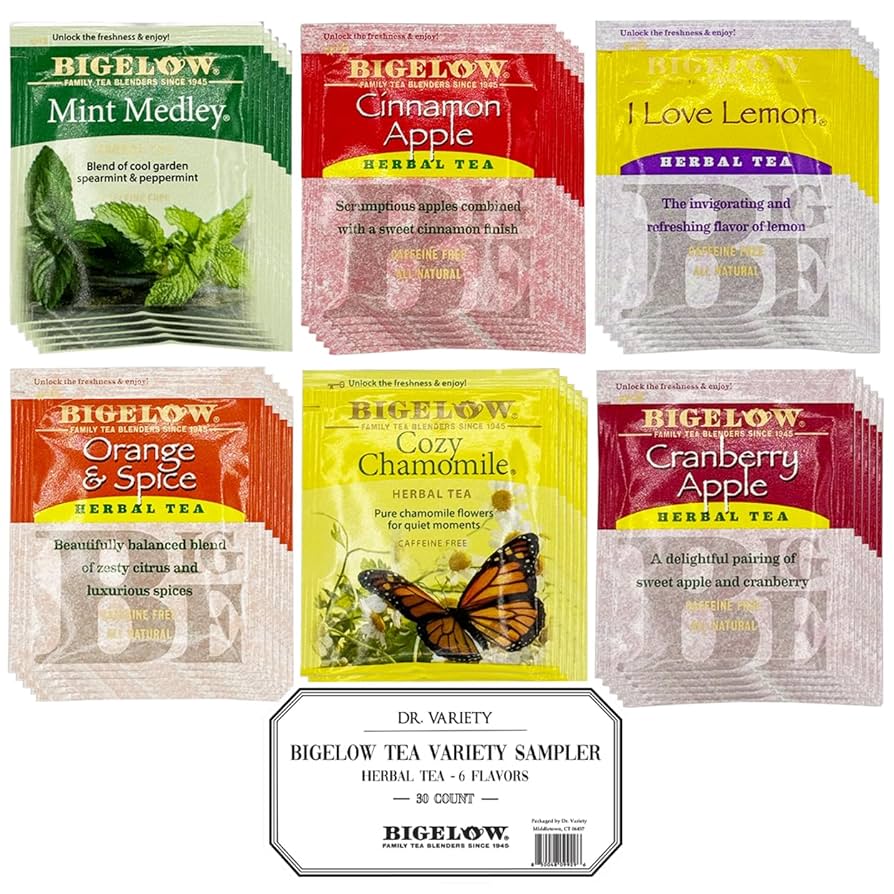
My journey into the world of green tea began somewhat by accident. I was looking for a healthier alternative to my usual morning coffee, something that would offer sustained energy without the jitters. What I discovered was far more profound than just a beverage; it was a ritual, a connection to ancient traditions, and a daily dose of wellness. From the bright, grassy notes of a perfectly brewed Sencha to the comforting whisk of a homemade matcha latte, green tea has truly become a cornerstone of my routine.
Often overlooked in its complexities, green tea offers a spectrum of flavors, preparation methods, and health benefits that can truly enhance your daily life. It’s not just hot water and a tea bag; it’s an experience that engages your senses and nourishes your body.
Key Takeaways
- Different types of green tea, like Matcha, Sencha, and Gyokuro, offer unique flavors and preparation methods.
- Mastering brewing temperature and steep time is crucial to extract the best flavor and avoid bitterness.
- Green tea is packed with antioxidants, L-theanine, and catechins, supporting everything from gut health to metabolism.
- Homemade iced green tea and matcha lattes are easy to make and offer refreshing alternatives.
Understanding Different Green Tea Types and Their Nuances

Image credit: www.1992sharetea.com
Just like wine, not all green teas are created equal. The region, processing method, and even the time of harvest significantly impact the final product. Understanding these differences is key to appreciating the full spectrum of what green tea offers.
My personal exploration started with Sencha, the most common green tea in Japan. Its refreshing, slightly astringent taste with a vibrant green hue immediately captured my attention. Then came the deep dive into Matcha, a finely ground powder that’s whisked into a frothy beverage, known for its intense umami flavor and vibrant color, especially ceremonial grade matcha. I’ve found that the difference between green tea types like Matcha and Sencha is like comparing a strong espresso to a delicate filter coffee – both excellent, but serving different purposes and offering distinct experiences.
- Sencha: The most popular Japanese green tea, characterized by its brisk, grassy flavor and refreshing aroma. Best brewed at 160-175°F (70-80°C).
- Matcha: Stone-ground powdered green tea, known for its concentrated flavor and health benefits. Often used in traditional ceremonies, ceremonial grade matcha is of the highest quality.
- Gyokuro: A shade-grown Japanese green tea, similar to Matcha in cultivation, resulting in a rich, sweet, and profoundly umami flavor. It requires a lower brewing temperature and a shorter steep time.
- Jasmine Green Tea: A fragrant blend where green tea leaves are scented with jasmine blossoms, offering a floral aroma and a delicate taste. Jasmine green tea benefits vs Sencha vary; while Sencha focuses on pure tea flavor, jasmine adds aromatic complexity.
- Bancha/Hojicha/Genmaicha: More rustic varieties, often roasted (Hojicha) or mixed with toasted rice (Genmaicha), offering unique, sometimes nutty or smoky profiles. These are great for evening consumption as they often contain less caffeine.
Brewing the Perfect Cup: From Teapot to Taste

Image credit: twiningsusa.com
Achieving that perfect balance of flavor in your green tea is more art than science, but mastering a few key principles makes all the difference. I’ve learned through trial and error that the right brewing temperature and steep time are paramount to avoid a bitter brew and truly bring out the tea’s nuanced notes.
My first attempts often resulted in overly bitter cups. I quickly learned that unlike black tea, green tea doesn’t appreciate boiling water. The delicate leaves are easily scorched, releasing harsh tannins. A dedicated teapot, ideally ceramic or cast iron, helps maintain an even temperature, and a thermometer is your best friend when you’re starting out. To make green tea less bitter, focus on both the water temperature and the steeping duration.
- Water Quality: Always use fresh, filtered water. Tap water can introduce off-flavors.
- Temperature Control: For most green teas, aim for 160-180°F (70-82°C). Gyokuro and high-grade Sencha might prefer even cooler water, around 140°F (60°C). Boiling water should be avoided for most types.
- Steep Time: Generally 1-3 minutes. Shorter for higher quality teas or lighter infusions, longer for more robust flavors. Over-steeping is the primary cause of bitterness.
- Tea-to-Water Ratio: A good starting point is 1 teaspoon (2-3 grams) of loose-leaf green tea per 8 ounces (240 ml) of water. Adjust to your preference.
- Multiple Infusions: High-quality green teas can often be steeped multiple times, with subsequent infusions sometimes revealing new layers of flavor.
The Health Benefits of Green Tea: More Than Just a Drink

Image credit: health.clevelandclinic.org
Beyond its delightful taste, green tea is celebrated globally for its impressive array of health benefits. This is where the science truly meets the ritual. It’s rich in antioxidants, particularly a type called catechins, which have been extensively studied for their protective effects on the body. I find comfort knowing that my daily cup isn’t just enjoyable, but also a proactive step towards better health.
One of the compounds I’m particularly fascinated by is L-theanine. This amino acid is unique to tea plants and is responsible for the calm, focused energy that green tea provides, in contrast to the sharper jolt of coffee. It helps to modulate the caffeine, preventing the usual energy crash. Many wonder, “Does green tea aid in metabolism boost?” and while it’s not a magic bullet, studies suggest its catechins and caffeine can indeed support metabolic health and fat oxidation. For more detailed insights into the compounds in green tea and their health implications, you can refer to sources like Wikipedia’s entry on Green Tea.
- Antioxidant Powerhouse: High levels of catechins, like EGCG, help combat oxidative stress and may reduce the risk of chronic diseases.
- Brain Function: L-theanine works synergistically with caffeine to improve brain function, mood, and concentration without inducing nervousness.
- Metabolic Support: Research indicates that green tea can modestly boost metabolism and aid in fat burning.
- Heart Health: May help lower bad cholesterol levels and improve other markers of cardiovascular health.
- Gut Health: Is green tea good for gut health? Emerging research suggests its polyphenols can positively influence gut microbiota, supporting digestive wellness.
- Skin Benefits: Topical and internal consumption of green tea has been linked to protecting skin from UV damage and reducing inflammation. The benefits of green tea for skin are a growing area of interest.
When to drink green tea for energy? I usually have a cup in the morning to kickstart my day with sustained focus, and sometimes a decaffeinated green tea option for evening enjoyment without impacting sleep.
Beyond the Hot Cup: Iced Tea and Matcha Lattes at Home

Image credit: www.loveandlemons.com
While a warm cup of green tea is a comforting classic, the versatility of this beverage extends far beyond. As the weather warms up, I often find myself craving refreshing cold brew green tea or a creamy homemade matcha latte. It’s surprisingly easy to transition your green tea ritual to colder preparations, and they offer a delightful change of pace.
My go-to method for how to make iced green tea at home is a simple cold brew. It yields a smoother, less bitter drink because the cold water extracts fewer tannins. The best way to make iced green tea is to let it infuse slowly in the refrigerator. For a treat, my homemade matcha latte recipe has become a weekend staple, giving me that café experience right in my kitchen.
Simple Cold Brew Green Tea
This method is fantastic for a large batch and brings out the umami flavor beautifully.
- Add 1-2 tablespoons of loose-leaf green tea (Sencha or Gyokuro work wonderfully) to a pitcher.
- Pour 4 cups of cold, filtered water over the leaves.
- Refrigerate for 6-12 hours, or even overnight.
- Strain the leaves and enjoy your refreshing cold brew green tea.
Creamy Homemade Matcha Latte
Perfect for a morning boost or an afternoon pick-me-up.
- Sift 1-2 teaspoons of ceremonial grade matcha into a bowl.
- Add about 2-3 ounces of hot (not boiling!) water (around 175°F / 80°C).
- Whisk vigorously with a bamboo whisk (chasen) or a small electric frother until smooth and frothy.
- Heat 8-10 ounces of your preferred milk (dairy or plant-based) until warm.
- Pour the frothed milk over the matcha, sweeten with honey or maple syrup if desired, and stir gently. For more detailed instructions on preparing matcha, you might find resources from reputable tea purveyors helpful, such as Ito En’s guide to Matcha.
Pairing and Decaffeinated Options for Every Moment

Image credit: www.amazon.com
Green tea is also incredibly versatile when it comes to food pairings. I’ve discovered that the best food pairings with Sencha often involve light, fresh flavors that complement its grassy notes, such as sushi, salads, or delicate pastries. A robust Gyokuro, with its deep umami, can stand up to richer flavors.
For those sensitive to caffeine or seeking a calming evening beverage, decaffeinated green tea options are readily available. While traditional decaffeination processes can sometimes strip away flavor and some beneficial compounds, advancements have led to better tasting options. Look for naturally decaffeinated varieties or those processed using CO2 or water-only methods for a purer taste. These are excellent if you want to enjoy the flavor and some benefits without the stimulating effect, making them perfect for unwinding.
From the delicate dance of tea leaves in a traditional teapot to the vibrant froth of a modern matcha latte, green tea offers a journey for both the palate and the spirit. It’s a simple pleasure that carries profound depth, inviting you to slow down, savor, and reap its many rewards. Whether you’re a seasoned connoisseur or just beginning your exploration, there’s a green tea experience waiting for you.





Leave a Reply